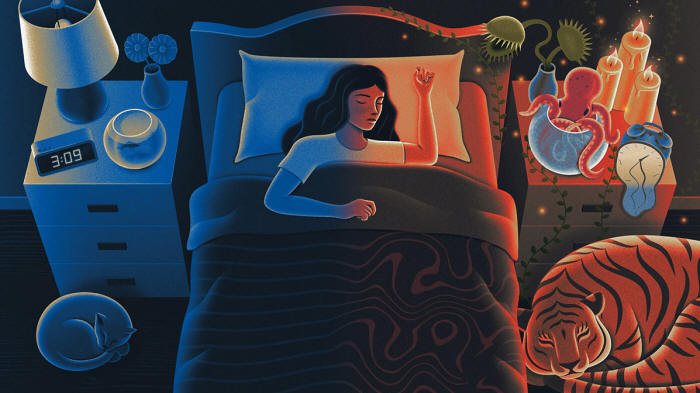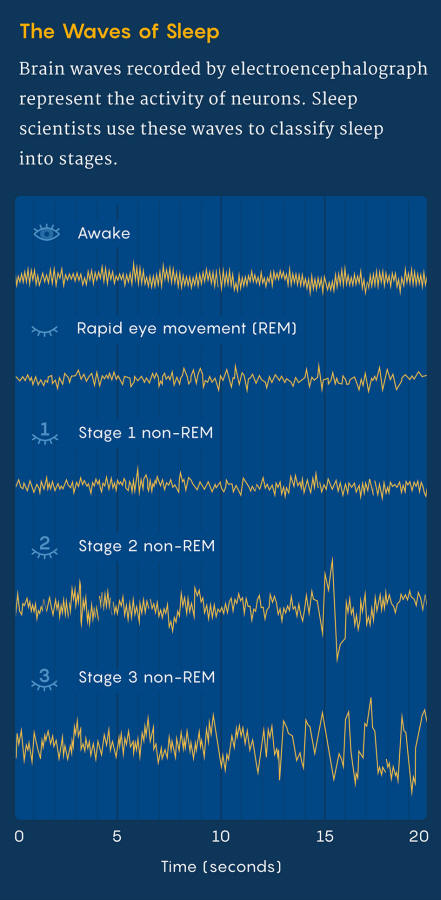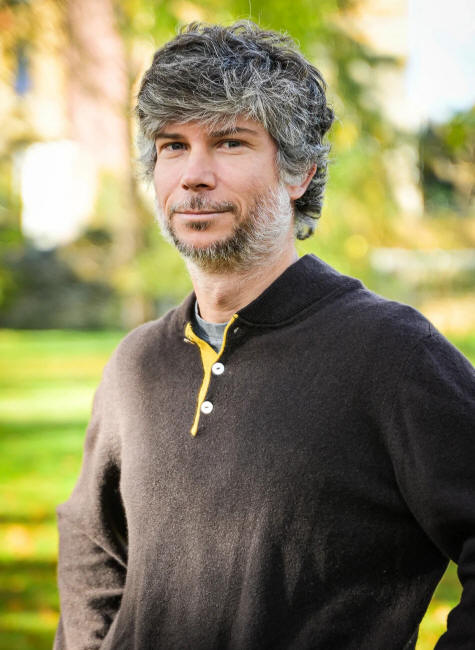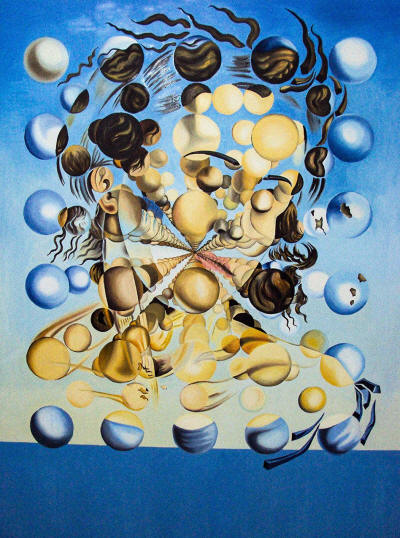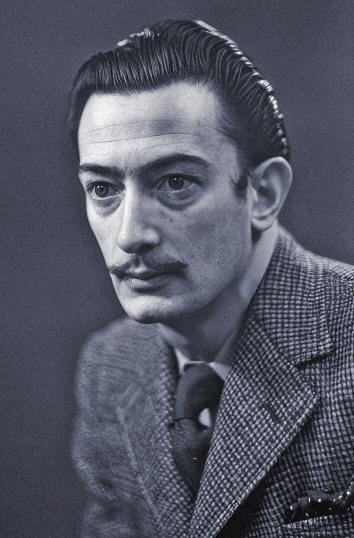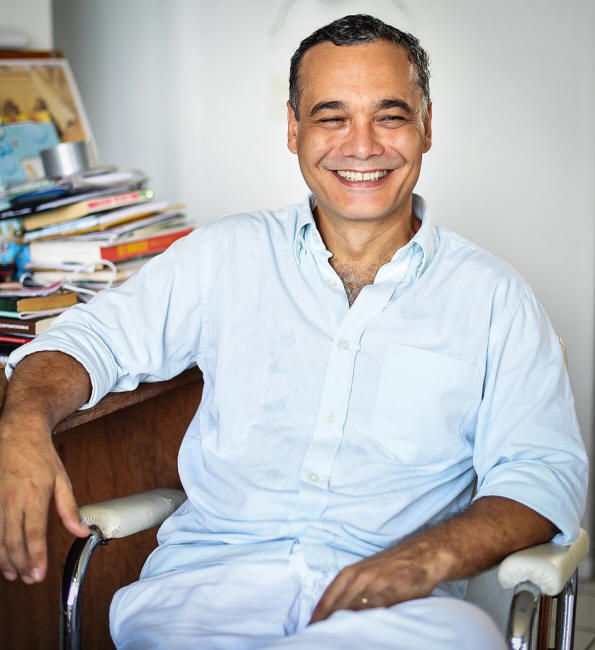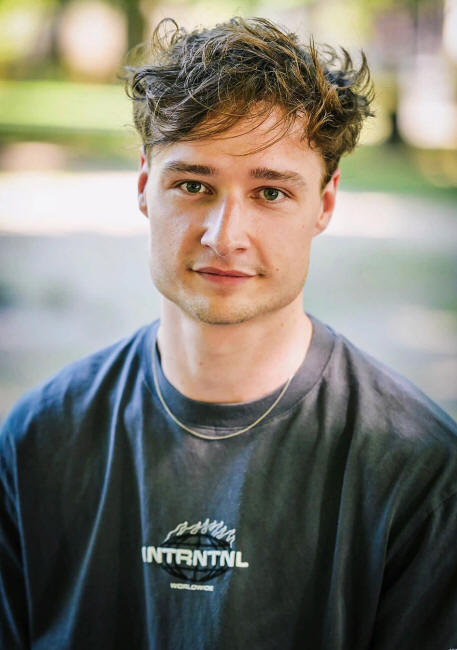|
Quanta Magazine between sleep and awareness are finding many types of liminal states, which help explain the sleep disorders that can result when sleep transitions go wrong...
All this feels very normal and fine, even though you don't own a cat and you're nowhere near a lake.
You've started your journey into sleep, the cryptic state that you and most other animals need in some form to survive.
Sleep refreshes the brain and body in ways we don't fully understand:
But as anyone who has experienced insomnia can attest, entering that state isn't physiologically or psychologically simple.
To fall asleep, "everything has to change," said Adam Horowitz, a research affiliate in sleep science at the Massachusetts Institute of Technology.
The flow of blood to the brain slows down, and the circulation of cerebrospinal fluid speeds up. Neurons release neurotransmitters that shift the brain's chemistry, and they start to behave differently, firing more in sync with one another.
Mental images float in and out. Thoughts begin to warp...
It's still largely mysterious how the brain manages to move between these states safely and efficiently.
But studies targeting transitions both into and out of sleep are starting to unravel the neurobiological underpinnings of these in-between states, yielding an understanding that could explain how sleep disorders, such as insomnia or sleep paralysis, can result when things go awry.
Sleep has been traditionally thought of as an all-or-nothing phenomenon, Lewis said. You're either awake or asleep.
But the new findings are showing that it's "much more of a spectrum than it is a category."
Riding the Brain Wave
In the 1930s, the millionaire Wall Street tycoon, lawyer and amateur scientist Alfred Lee Loomis liked to scan the brains of his guests as they napped in his upstate New York mansion.
He was pioneering the use of a machine known as an electroencephalograph to study sleep. Every napper wore a cap with electrodes, which could noninvasively measure their brain activity.
The machine would use a pen to physically scribble waves with peaks and troughs onto paper scrolling at a rate of 1 centimeter per second to create an electroencephalogram (EEG).
Mark Belan/Quanta Magazine; Source: Neuroscience: Exploring the Brain
The waves represented the gross activity of neurons.
Over the course of a night's sleep, the waves will speed up and slow down in a cyclical fashion - all night, every night.
Loomis categorized the different types of brain waves into what became known as sleep states, and created a nomenclature to describe the phases of unconsciousness.
Electroencephalography catalyzed sleep research.
Measuring the waves recorded on an EEG became a common way for neuroscientists to infer a person's brain or sleep state without invasive surgery.
It became the go-to method for understanding both the activity of neurons as we sleep and the subjective experiences, such as dreams, that they create as we move through different forms of sleep consciousness...
Thomas Andrillon is part of a wave of neuroscientists exploring what happens between sleep and wakefulness.
"Maybe that's where
things are interesting, actually," he said.
In the early 1950s, the physiologist Nathanial Kleitman at the University of Chicago and his student Eugene Aserinsky first described the sleep stage categorized by rapid eye movement, or REM sleep - a cycle the brain repeats multiple times throughout the night, and during which we tend to dream.
In REM sleep, brain waves are faster than in non-REM sleep and look more like those produced when we're awake.
A few years later, Kleitman and the sleep researcher William Dement, also at the University of Chicago, put together an improved sleep-stage schema:
A modified version (with the last two non-REM stages combined into a single stage) is still in use today.
However, by creating sharp boundaries, the schema obscured the subtleties of what happened between them.
It became a norm in the field that,
Though there was some evidence that the brain could exist in a state that mixed sleep and wakefulness, it was largely ignored.
It was considered too complicated and variable, counter to most researchers' tightly defined view of sleep. But little by little, a new wave of neuroscientists started questioning this status quo, Andrillon said.
And they realized,
Drifting Off
Salvador Dalí might agree.
Around the time that Loomis was conducting EEG experiments in his mansion, the surrealist artist was experimenting with his own transitions into sleep.
As he described it in his 1948 book 50 Secrets of Magic Craftsmanship, he would sit in a "bony armchair, preferably of Spanish style," while loosely holding a heavy key in one palm above an upside-down plate on the floor.
As he drifted off, his hands would slacken - and eventually the key would fall through his fingers. The sudden clack of the key hitting the plate would wake him.
Convinced that being aroused during this period revived his psychic being and boosted creativity, Dalí would then sit down and start painting.
Other great minds, including Thomas Edison and Edgar Allan Poe, shared his interest in and experimentation with what is known as the hypnagogic state,
The artist Salvador Dalí (right), known for surrealist paintings such as hi 1952 Galatea of the Spheres (left), experimented with waking himself up during hypnagogia
(the transition into
sleep) to boost his creativity. Archivart/Alamy
In 2021, a group of researchers at the Paris Brain Institute, including Andrillon, discovered that these self-experimenters had gotten it right.
Waking up from this earliest sleep stage, known as N1, seemed to put people in a "creative sweet spot."
People who woke up after spending around 15 seconds in the hypnagogic state were nearly three times more likely to discover a hidden rule in a mathematical problem.
A couple years later, another study led by Horowitz at MIT found that it's possible to further boost creativity in people emerging from this state by guiding what they dream about.
It's not exactly clear why hypnagogia appears to boost creativity.
One possibility is that the process of falling asleep,
Andrillon agrees that the sleep transition produces a state of "free-wheeling consciousness" that unshackles the brain from its regular ways of thinking.
Like houses slowly shutting off their lights as a town falls into slumber, the brain gradually turns to night mode.
Sleep starts at the center of town:
Nearby brain regions such as the thalamus, which relays information from your senses to the rest of your brain, shut off first.
Minutes later, the cortex, which is involved in more conscious, high-order thinking, follows suit. It shuts down from the front of the brain, where planning and decision-making occurs, to the back, where senses such as vision are analyzed.
During this transition, as some parts of the brain shut down while other parts remain awake, we can sometimes experience dreamlike thoughts.
In this hypnagogic state, many people are "one foot in dreams and one foot in the world," Horowitz said.
These are like dreams but lighter:
Sidarta Ribeiro and his team showed how daytime experiences can show up in hypnagogic imagery
early in the process
of drifting to sleep.
With your eyes shut and your senses powering down, you're no longer getting much input from the outside world.
But you're still getting signals from inside the brain, maybe remnants of the day's experiences.
Ribeiro and his team recently reported that a person's daytime experience can show up in hypnagogic imagery early in the process of drifting to sleep, adding to other studies that made similar findings.
Some researchers are using this state between sleep and wakefulness to study the nature of consciousness itself.
In preliminary research that's not yet peer-reviewed, Decat used an EEG to record the brain waves of more than 100 people as they were falling asleep.
Following the techniques of Dalí and Edison, he had participants hold bottles so that as they drifted off, the bottles would fall and make a sound to wake them up.
Nicolas Decat's research into the process of falling asleep found that the line between
dreams and reality is
blurry.
By comparing the participants' brain waves with their self-reports about what crossed their minds, Decat realized that some dreamlike imagery had occurred while they were technically awake, and some voluntary thinking had occurred while they were technically sleeping.
For example,
The unpublished data suggests that sleep states may not be the best way to categorize sleep consciousness.
The data,
The transition to sleep can last for tens of minutes.
That means it's fairly easy for researchers to study - far easier than the process of waking up, which happens much more quickly and in a less controlled way.
It's much harder to predict when someone's going to wake up.
Good Morning, Sunshine
Aurélie Stephan, a postdoctoral researcher at the University of Lausanne in Switzerland, grew interested in the wake-up process when she was studying a phenomenon known as paradoxical insomnia.
Unlike people with insomnia, who are up all night without sleeping, people with paradoxical insomnia believe that they're up all night even though their brain waves show that they're asleep.
To understand this problem, she needed to first study a more typical wake-up process.
When a good sleeper wakes up,
In a recent study, she examined more than 1,000 different awakenings or arousals - transitions from being asleep to being awake - on a timescale of seconds.
She observed a curious slow brain wave in the data from good sleepers as they woke from non-REM sleep. Based on past animal studies, Stephan and her team hypothesized that,
The sleep researcher Laura Lewis believes that sleep disorders such as insomnia are "defined by problems with the state switching"
between sleep and
waking life.
After this signal, she saw the cortex wake up (as brain waves grew faster) from the front, which manages executive function, to the back, where vision and other senses are processed.
When people woke from REM sleep, their cortex woke up in the same way, but without the preceding slow wave.
The presence of this unique slow wave was correlated with how people felt when they awoke, Stephan found. Participants who showed the signal woke up less drowsy than those without it.
This suggested, but didn't prove, that this might be an arousal signal that assists the wake-up process, Stephan said.
They created a,
Still, EEG readings are coarse and can't probe the deep brain or provide great detail. However, previous studies that used fMRI and electrodes unearthed some of the deeper mechanisms from which such arousal signals might arise.
Though typically faster than falling asleep, waking up can also take some time.
Stephan's sleep signature took a few seconds to travel from the front of the cortex to the back. But recovering consciousness and cognitive abilities, and shedding all sleep inertia,
This study and others also showed that slow waves, usually associated with sleep, can sometimes indicate arousal.
The lines are blurry. Even when we think we're fully awake and wandering about the world, parts of our brain could be sleeping. This phenomenon, known as local sleep, is thought to occur so that overworked neurons in the brain can rest and be refreshed.
Sometimes when we're really tired, some neurons need to refresh and recharge, even if we're still up and going about our day.
And yet parts of their brain are undergoing the classic slow waves of sleep.
Given that, local sleep challenges what "sleep" actually is.
Troubled Transitions
As we wake up and fall asleep, or even move between sleep states, different types of waves happen at the same time, as neurons synchronize and desynchronize in different regions, in a cacophony of rhythms.
This mosaic can lead to experiences such as hypnagogia, lucid dreaming and sleep disorders.
These disorders might manifest as insomnia, where people don't fall asleep properly, or as night terrors, sleep paralysis or sleepwalking, where they don't awaken as expected.
In many cases, parts of the brain are awake when they should be sleeping, or vice versa.
In sleep paralysis, the cortex wakes up before deeper brain regions that control the body, resulting in full consciousness without the ability to move.
In paradoxical insomnia, the potential arousal signal Stephan observed in her new study is weak,
Her team found the same signal in sleepwalkers, but in those cases it happened "in an inappropriate time window" during deep sleep, she said.
They also found that the brain activity of sleepwalkers is similar to that seen during dreaming, suggesting that both states result from similar mechanisms of sleep consciousness.
Decat is continuing to probe what that sleep consciousness looks like. He is running a survey to learn more about the mental experiences people have while falling asleep.
Those thoughts and mental images can be hard to remember because to do so, we have to wake up.
Sometimes we wake up right as we're falling asleep or from the depths of our sleep cycle - times we're not really supposed to.
Your sleep consciousness is disrupted.
You pull back from the edge of sleep, and your eyes blink open...
|


